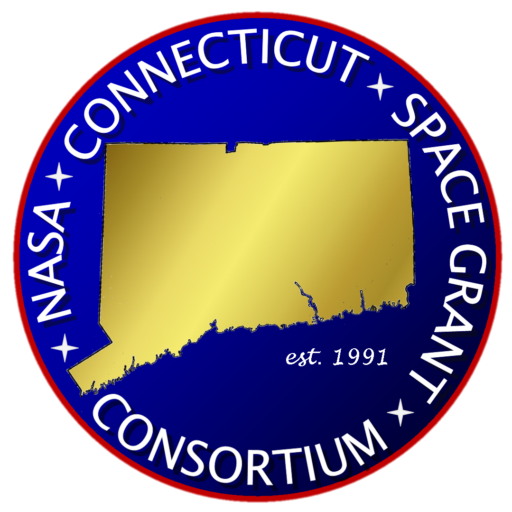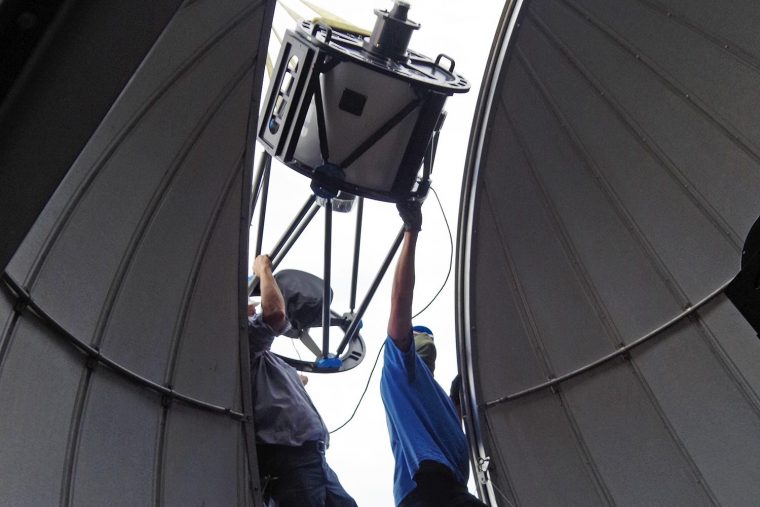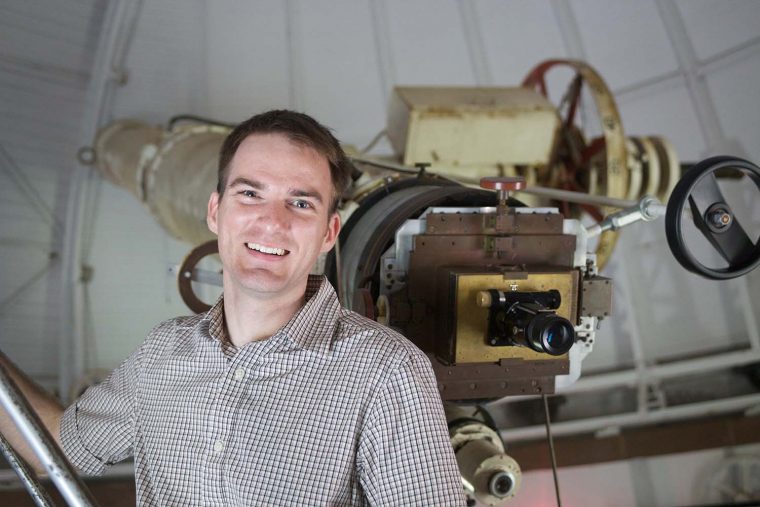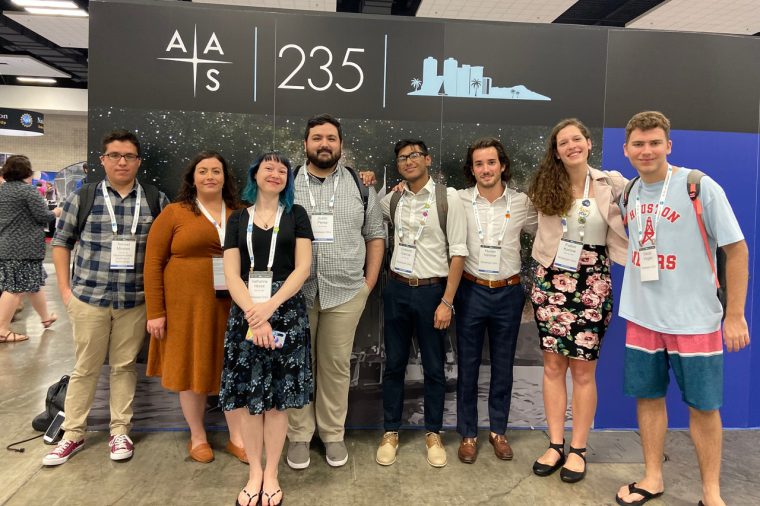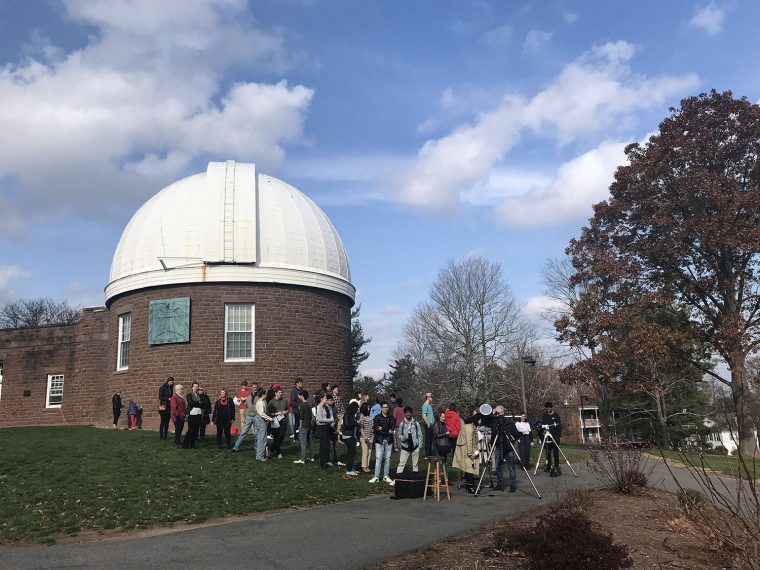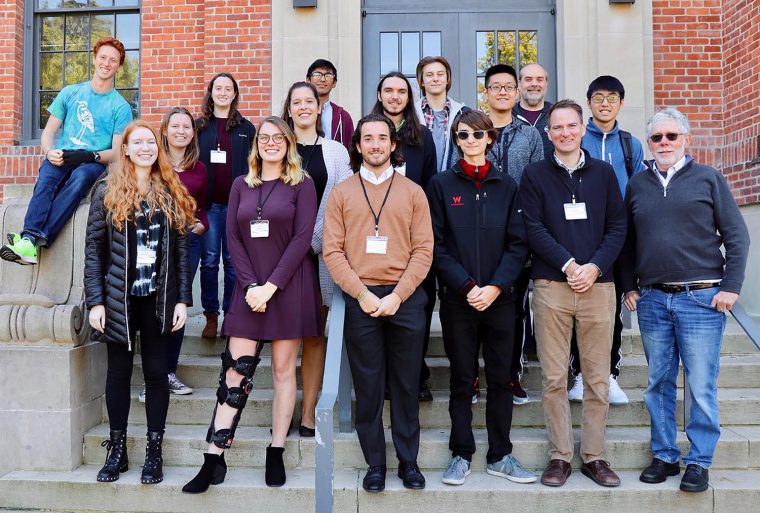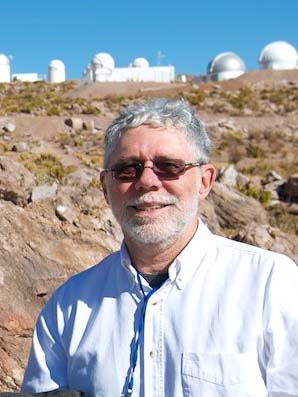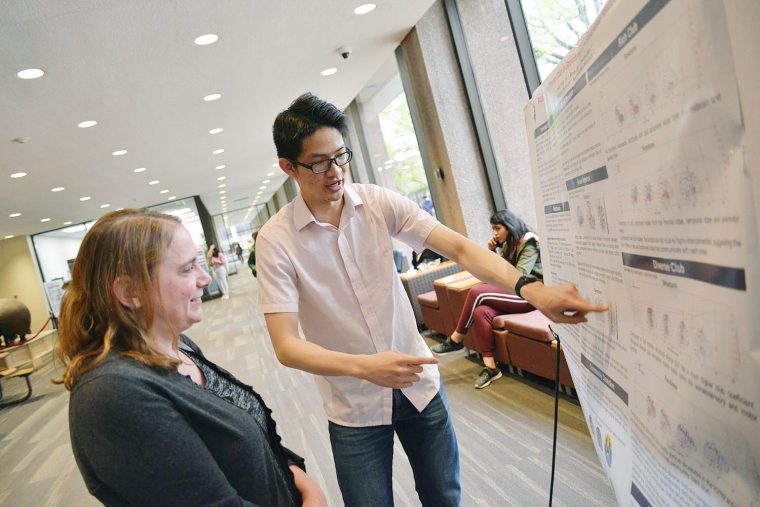In recognition of their career achievements, the following faculty members are being appointed to endowed professorships, effective July 1, 2021: Erik Grimmer-Solem, professor of history, is receiving the Ezra and Cecile Zilkha Professorship in the College of Social Studies, established in 2008. Abigail Hornstein, associate professor of economics, is receiving the Woodhouse/Sysco Professorship of Economics, established in 2002. Edward Moran, professor of astronomy, is receiving the John Monroe Van Vleck Professorship of Astronomy, established in 1982. Suzanne OConnell, professor of earth and environmental sciences, is receiving the Harold T. Stearns Professorship of Earth Sciences, established in 1984. Francis Starr, professor…
Ilaria Carleo, a postdoc working with Associate Professor of Astronomy Seth Redfield, co-authored a paper called “Five carbon- and nitrogen-bearing species in a hot giant planet’s atmosphere,” which details the discovery of six different molecules in the atmosphere of a hot, gas giant exoplanet called HD209458b. The paper, published in Nature on April 7, discusses known information about the exoplanet, as well as the process by which these molecules were discovered using observations from the Galileo National Telescope. “Now that the analysis technique has been optimized, we are investigating the presence of these molecules in the atmosphere of other hot-Jupiters…
Four members of the Class of 2021 are recipients of NASA Connecticut Space Grant Consortium awards. Kimberly Paragas '21, Ben Martinez '21, Molly Watstein '21, and Mason Tea '21 each received a $5,000 Undergraduate Research Fellowship for their ongoing research. They're among only seven students statewide to receive the honor. "I have never seen an institution be so successful at these very competitive grants, and was so proud and impressed by the student applicants," said Seth Redfield, associate professor of astronomy. Paragras is working with Redfield on her project titled "Gas Giant Atmospheric Mass Loss." According to the abstract, "Atmospheric mass…
Four Wesleyan faculty, nine undergraduate students, one graduate student, and one postdoctoral researcher attended the 237th American Astronomical Society meeting virtually Jan. 10–15. Wesleyan faculty attendees included Ed Moran, chair and professor of astronomy; Seth Redfield, associate professor of astronomy; Meredith Hughes, associate professor of astronomy; and Roy Kilgard, associate professor of the practice in astronomy. Poster presentations included: Kimberly Paragas '21, who is working with Redfield, presented "Metastable Helium Reveals Ongoing Mass Loss for the Gas Giant HAT-P-18b." Molly Watstein '21, who is working with Moran, presented "New Insights into AGN Unification from NuSTAR Observations of Nearby Seyfert 2 Galaxies."…
On July 20, the Astronomy Department's Van Vleck Observatory acquired a state-of-the-art 24-inch telescope that can view galactic objects remotely and autonomously. "When fully operational, the system will be able to determine if the weather is favorable for observing, open the dome, take calibration observations from a queue, and close down in the morning, all on its own," explained Roy Kilgard, associate professor of the practice in astronomy. "We'll be able to conduct remote observations in real time, with a human operator at home or in their office, and make those images available to our students or researchers immediately." The…
If a spacecraft were to quickly travel outside the solar system—potentially en route to a nearby exoplanetary system—it would need to pass through an atmosphere unfamiliar to scientists on Earth. As a recipient of a $415,000 grant from NASA, Seth Redfield, chair and associate professor of astronomy, hopes to learn more about the mysterious makeup of this "outer space." "There are several very early designs for an interstellar probe, but first, we need to understand the properties of the space in between the stars if you are traveling through it, especially at high speed," Redfield said. "Given the vastness of…
Several Wesleyan undergraduate and graduate students, faculty, and alumni attended the 235th American Astronomical Society meeting in Honolulu, Hawaii, Jan. 4–8, 2020. "The meeting was a huge success, and we were thrilled to have such a large contingent of Wesleyan students able to attend and present their research," said Seth Redfield, associate professor and chair of astronomy. Wesleyan McNair Fellow Rachel Marino presented a poster titled “HD106906 Debris Disk Morphology and Origin of an External Perturber." Her advisor is Meredith Hughes, associate professor of astronomy. Hunter Vannier '20 shared his research titled “Mapping the Local Interstellar Medium: Using Hubble to…
For only the seventh time since Wesleyan’s founding, the planet Mercury passed directly in front of the sun, from the perspective of Earth—and Wesleyan served as a gathering place from which to learn about and observe the event. Faculty and students from Wesleyan’s astronomy department, as well as others from the University and the greater Middletown community, gathered outside the Van Vleck Observatory on Nov. 11 to witness the transit through three telescopes. The mild weather and partly cloudy conditions—particularly at the beginning and end of the transit (which lasted from 7:35 a.m. to 1:04 p.m.)—made for good viewings through…
Eight Wesleyan undergraduates presented results of their summer research to the annual Undergraduate Research Symposium sponsored by the Keck Northeast Astronomy Consortium (KNAC) on Oct. 5. This year’s symposium was held at Vassar College and attended by 125 astronomy students and faculty, primarily from the consortium colleges (Bryn Mawr, Colgate, Haverford, Middlebury, Swarthmore, Vassar, Wellesley, Wesleyan, and Williams). Astronomy majors Mason Tea '21 and Rachel Marino '20 and sophomores Alex Henton '22 and Ava Nederlander '22 gave oral presentations of their projects conducted on campus this summer. In addition, astronomy majors Fallon Konow '20, Hunter Vannier '20, Gil Garcia '20,…
Wesleyan faculty frequently publish articles based on their scholarship in The Conversation US, a nonprofit news organization with the tagline, “Academic rigor, journalistic flair.” In a new article, John Monroe Van Vleck Professor of Astronomy Bill Herbst and Assistant Professor of Earth and Environmental Sciences James Greenwood write about the model they've proposed for how the most common kind of meteorites form—a mystery that has dogged scientists for decades. The tell-tale clue to how meteorites were made, at the birth of the solar system April 26, 1803 was an unusual day in the small town of L’Aigle in Normandy, France – it…
A paper by John Monroe Van Vleck Professor of Astronomy William Herbst and Assistant Professor of Earth and Environmental Sciences James Greenwood will be published in the September 2019 issue of Icarus, published by Elsevier. The paper is available online. The paper, titled "Radiative Heating Model for Chondrule and Chondrite Formation," presents a new theory of how chondrules and chondrites (the most common meteorites) formed. It suggests a new approach to thinking about these rocks that populate the meteorite collections on Earth. It includes both theory and experiments (completed in Greenwood's lab in Exley Science Center). These laboratory experiments demonstrate that porphyritic olivine…



